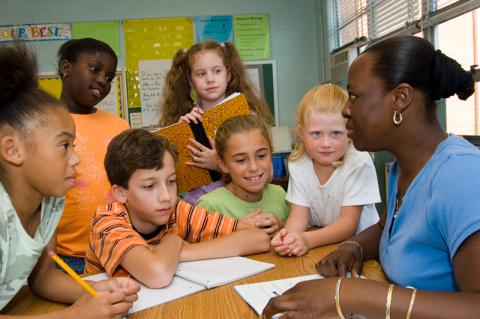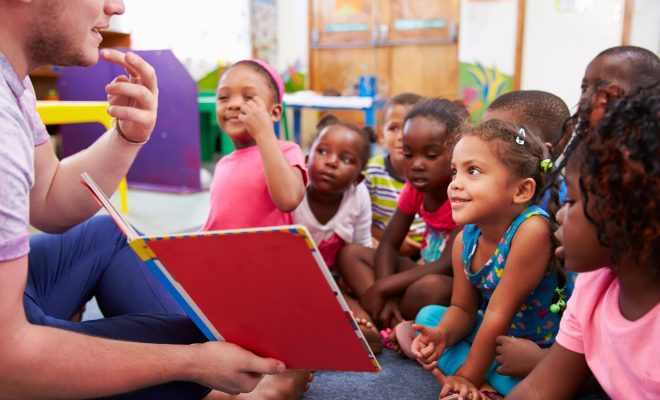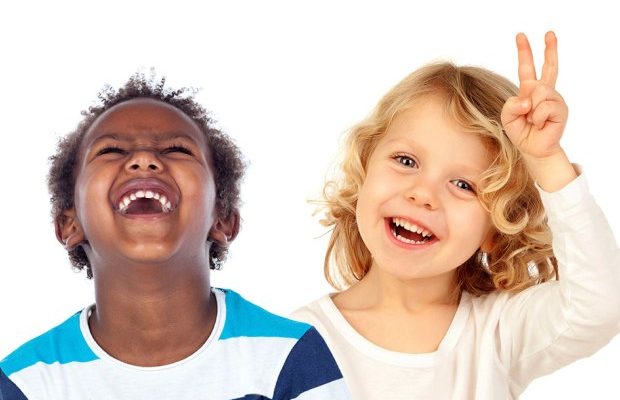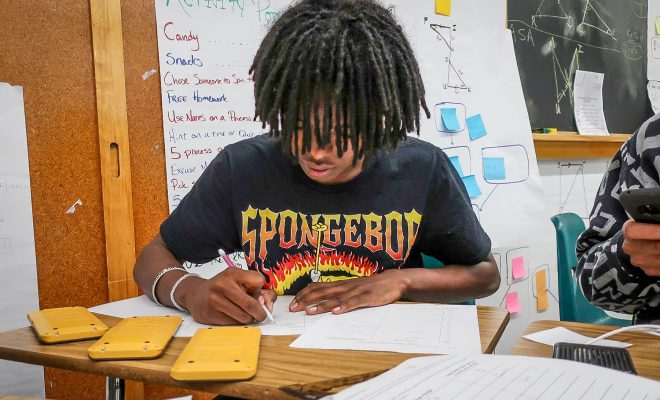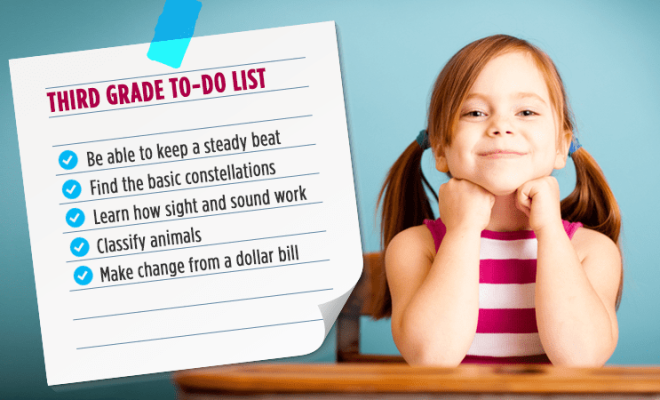12 Genius Ways to Use Play-Doh in The Classroom
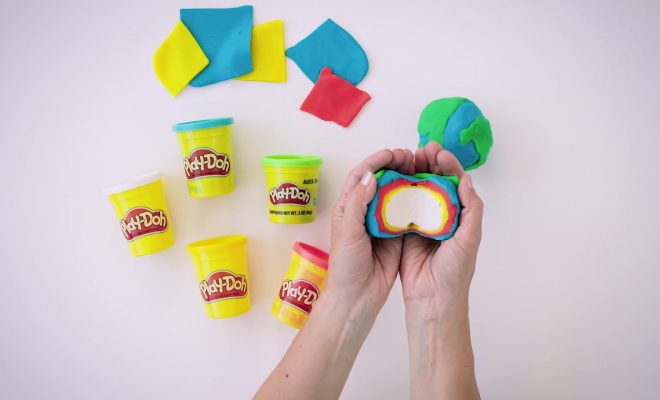
Play-Doh is a versatile and fun material that can be used in various ways to enhance learning in the classroom. Here are 12 genius ways to incorporate Play-Doh into your lessons:
1. Math Manipulatives: Use Play-Doh to create shapes, numbers, and basic math operations. Students can manipulate the Play-Doh to visualize and solve math problems.
2. Letter Formation: Encourage early literacy skills by shaping letters and practicing letter formation with Play-Doh. This hands-on approach helps students build muscle memory while learning the alphabet.
3. Sight Word Practice: Create Play-Doh mats with sight words or provide students with Play-Doh to mold the letters of sight words. This tactile experience helps reinforce sight word recognition.
4. Storytelling Props: Use Play-Doh to create characters and props for storytelling activities. Students can mold different elements of a story and bring it to life.
5. Science Experiments: Play-Doh can be used as a base for simple science experiments. Mold volcanoes, make fossils, or explore states of matter using this pliable material.
6. Geography Maps: Help students visualize geographical features by shaping Play-Doh into maps. They can create mountains, rivers, and other landmarks to understand different regions.
7. Artistic Creations: Encourage creativity by allowing students to use Play-Doh as a medium for sculpting and creating artwork. This hands-on approach helps foster imagination and artistic expression.
8. Fine Motor Skills Development: Playing with Play-Doh helps develop fine motor skills in young learners. The squeezing, shaping, and rolling actions strengthen hand muscles and improve dexterity.
9. Sensory Stations: Create sensory stations with Play-Doh that engage different senses. Students can explore texture, color mixing, and even scented varieties for a multi-sensory experience.
10. Social Skills Activities: Use Play-Doh as a tool for collaborative projects. Group activities such as building a Play-Doh city or designing a Play-Doh obstacle course promote teamwork and communication skills.
11. Language Development: Play-Doh can facilitate language development by prompting students to describe their creations or engage in conversations while playing with the material.
12. Stress Relief: Allow students to use Play-Doh as a stress-relieving tool. Kneading and manipulating Play-Doh can help reduce anxiety and promote relaxation in the classroom.
Incorporating Play-Doh into your classroom activities can make learning more engaging and memorable. These genius ideas will help students develop various skills while having fun with this versatile material.

